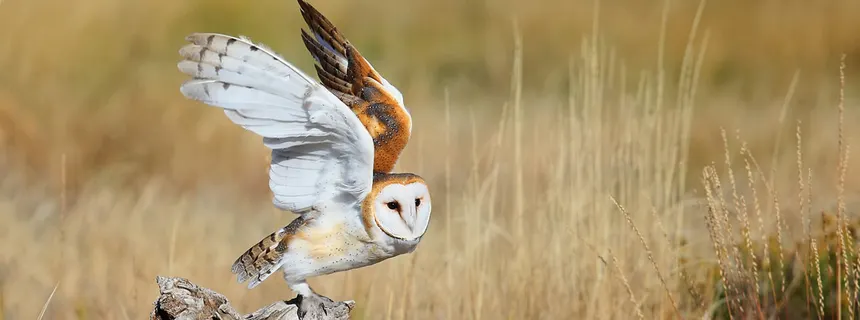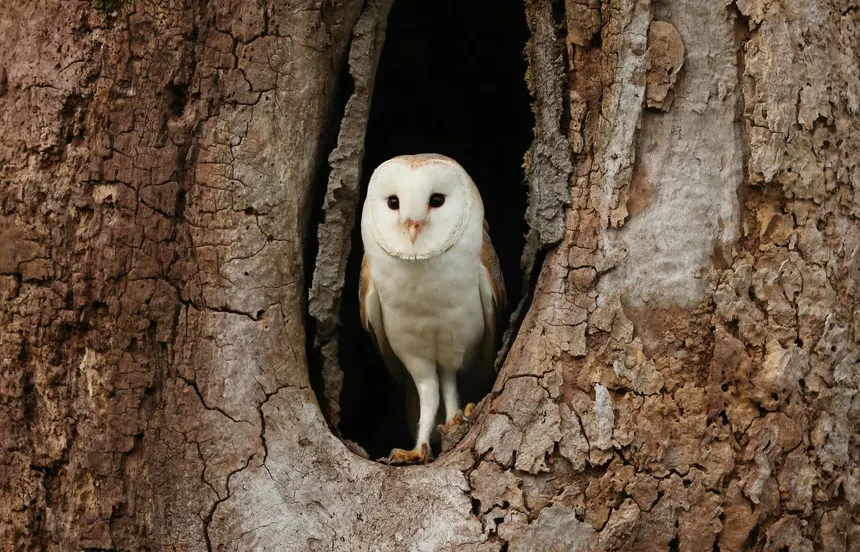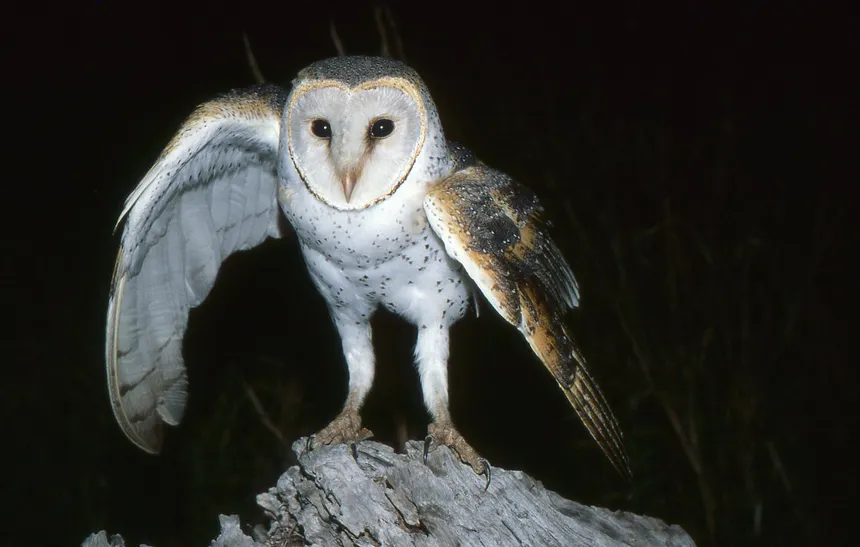Fascinating Facts About Barn Owls

With their ghostly appearance and eerie screeches, barn owls have long captivated human imagination. These nocturnal birds are not just visually striking—they are also masterful hunters, incredibly adaptive, and vital to ecosystems. Here’s a deep look into some of the most interesting and lesser-known facts about barn owls.
What Is a Barn Owl?
- Scientific Name: Tyto alba
- Family: Tytonidae (not in the same family as typical owls, which are in Strigidae)
- Global Range: Found on every continent except Antarctica
- Habitat: Open countryside, grasslands, farmland, and—true to their name—barns and other buildings

20 Fascinating Facts About Barn Owls
- Heart-Shaped Face
Barn owls have a distinct, heart-shaped facial disc. This unique shape helps funnel sound directly to their ears, giving them extraordinary hearing. - Asymmetrical Ears for Superior Hearing
One ear is higher than the other, allowing barn owls to pinpoint prey in total darkness by detecting sound direction and distance. - Silent Flight
Their feathers have special fringed edges that muffle the sound of air resistance, enabling nearly silent flight—perfect for ambushing prey. - They Don’t Hoot
Unlike many other owls, barn owls produce a harsh, screeching scream rather than the traditional “hoot.” - Incredible Hunters
Barn owls can catch prey in total darkness using only sound. A single owl can eat 1,000 rodents in a year, making them invaluable for pest control. - Unusual Eyes
Barn owls have forward-facing eyes, giving them binocular vision and great depth perception—but they cannot move their eyes, so they swivel their heads up to 270 degrees! - They Swallow Prey Whole
After digestion, they regurgitate indigestible parts (like bones and fur) in the form of owl pellets, which scientists study to learn about owl diets. - Lifelong Partners
Barn owls are monogamous and often mate for life. Males perform aerial acrobatics to court females. - Extremely Widespread
Tyto alba is the most widely distributed owl species in the world, found in over 100 countries. - Nesting in Human Structures
They frequently nest in barns, church steeples, and attics, often returning to the same sites for years. - Highly Territorial
Barn owls are very protective of their nesting sites and will defend their territory from other owls. - Efficient Pest Control Agents
Farmers sometimes install barn owl nest boxes to naturally reduce rodent populations in a sustainable, chemical-free way. - Eyes Don’t Glow
Barn owl eyes do not reflect light as strongly as many other nocturnal animals, adding to their ghost-like appearance at night. - Lightweight But Large-Winged
Despite a wingspan of about 3.5 feet (1 meter), barn owls weigh less than 1.5 pounds (700 grams). - Short Lifespan in the Wild
In the wild, barn owls typically live 2 to 4 years, though they can reach over 10 years in captivity. - Different Color Variations
Plumage can vary by region—from pale white in warmer areas to darker, golden tones in cooler climates. - Active Year-Round
Unlike some birds, barn owls are non-migratory and hunt year-round, even during winter. - Nocturnal But Sometimes Crepuscular
While mostly nocturnal, they sometimes hunt during dusk and dawn, especially when feeding hungry chicks. - Chicks Hatch at Intervals
Chicks hatch several days apart, so younger siblings are smaller and rely heavily on parental hunting efficiency. - Symbolism Across Cultures
Barn owls have been seen as omens, messengers, and protectors in folklore—sometimes feared, sometimes revered.
Quick Summary Table
| Trait | Details |
|---|---|
| Lifespan | 2–4 years (wild), up to 10+ in captivity |
| Wingspan | 3.2–3.5 feet (1 m) |
| Weight | 400–700 grams |
| Diet | Rodents, shrews, voles, insects |
| Nesting | Buildings, hollow trees, nest boxes |
| Activity | Mostly nocturnal |
| Call | Screech, not a hoot |
| Conservation | Stable globally, declining in some regions due to habitat loss |

Conclusion
Barn owls are more than just spooky silhouettes against moonlit skies. They are precise hunters, loving mates, and key players in maintaining balanced ecosystems. Whether gliding silently over fields or perched in a barn loft, the barn owl remains one of nature’s most graceful and efficient night predators.



